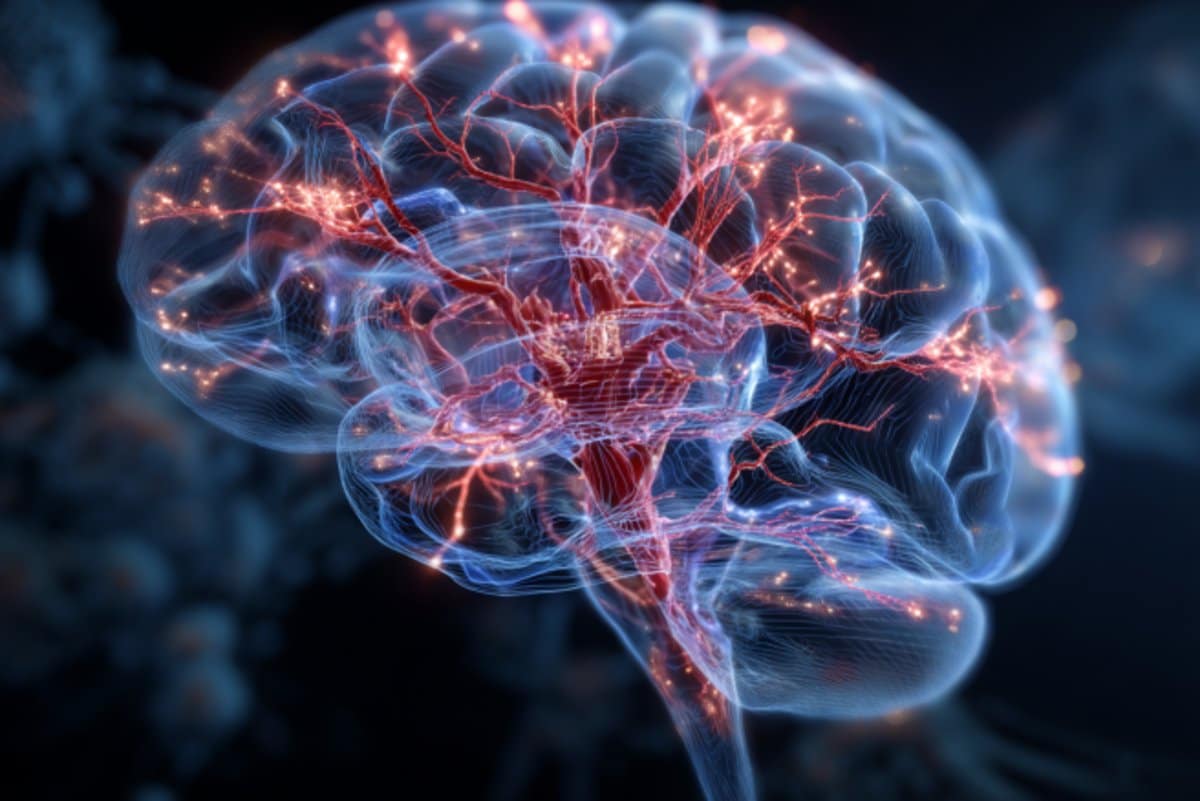In children with anorexia nervosa or other restrictive eating disorders, changes in the brain’s outer layer don’t seem to be due to lack of nutrition alone – and some mirror those seen in other neurological conditions
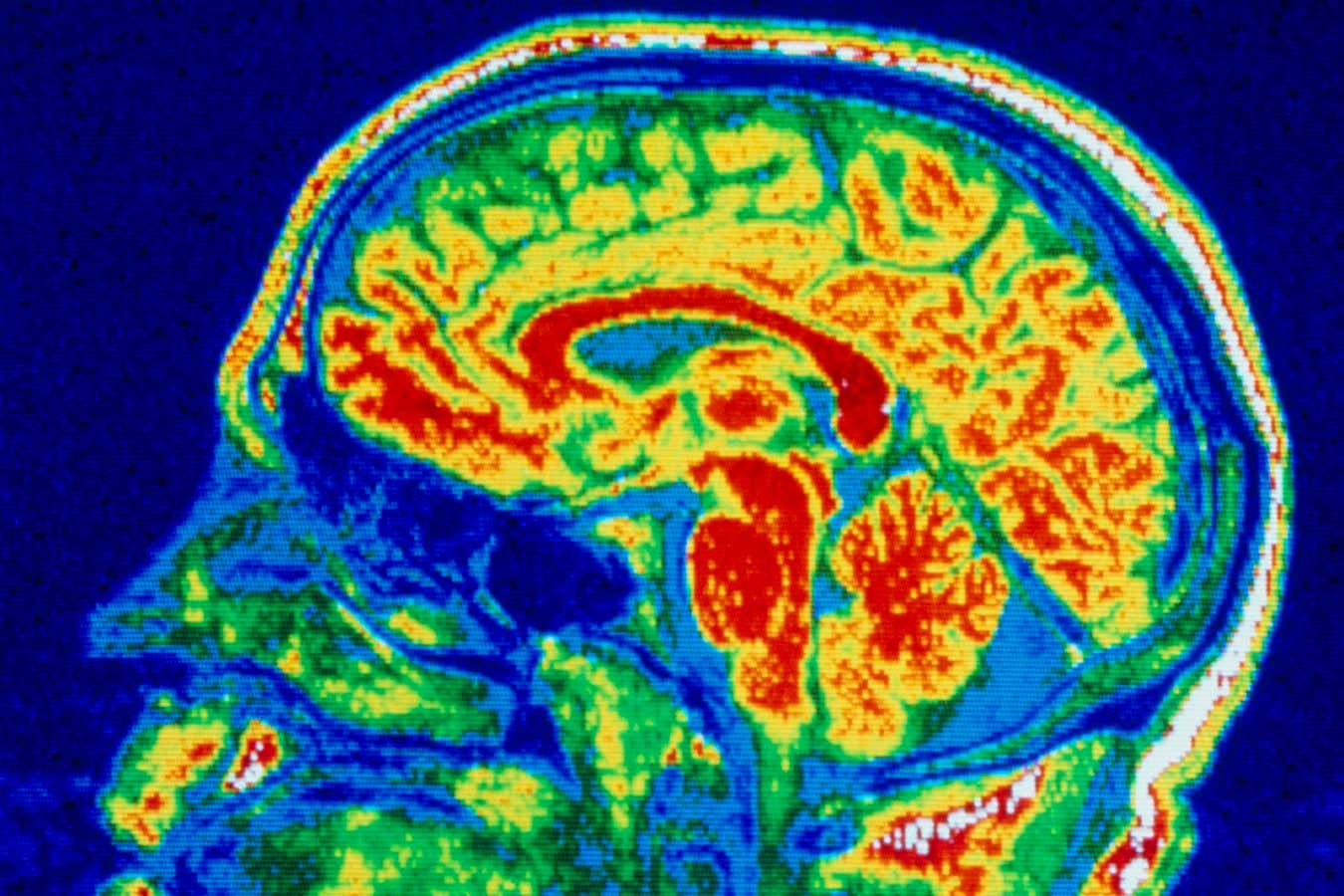

Could Meta be on the verge of transforming how we interact with our digital devices? If the company’s latest innovation takes off, we might soon be controlling our computers, cell phones and tablets with a simple flick of the wrist.
Researchers at Meta’s Reality Labs division have unveiled an experimental wristband that translates hand gestures and subtle finger movements into commands that interact with a computer. This allows a user to push a cursor around a screen or open an app without needing a mouse, touchscreen or keyboard. The technology can even transcribe handwriting in the air into text (currently at a speed of 20.9 words per minute).
In a paper published in Nature, the team describes how its sEMG-RD (surface electromyography research) works. The wristband uses a technique called electromyography to pick up electrical signals when the brain tells the hand to perform an action. It then converts those signals into commands that control a connected device, such as your phone.
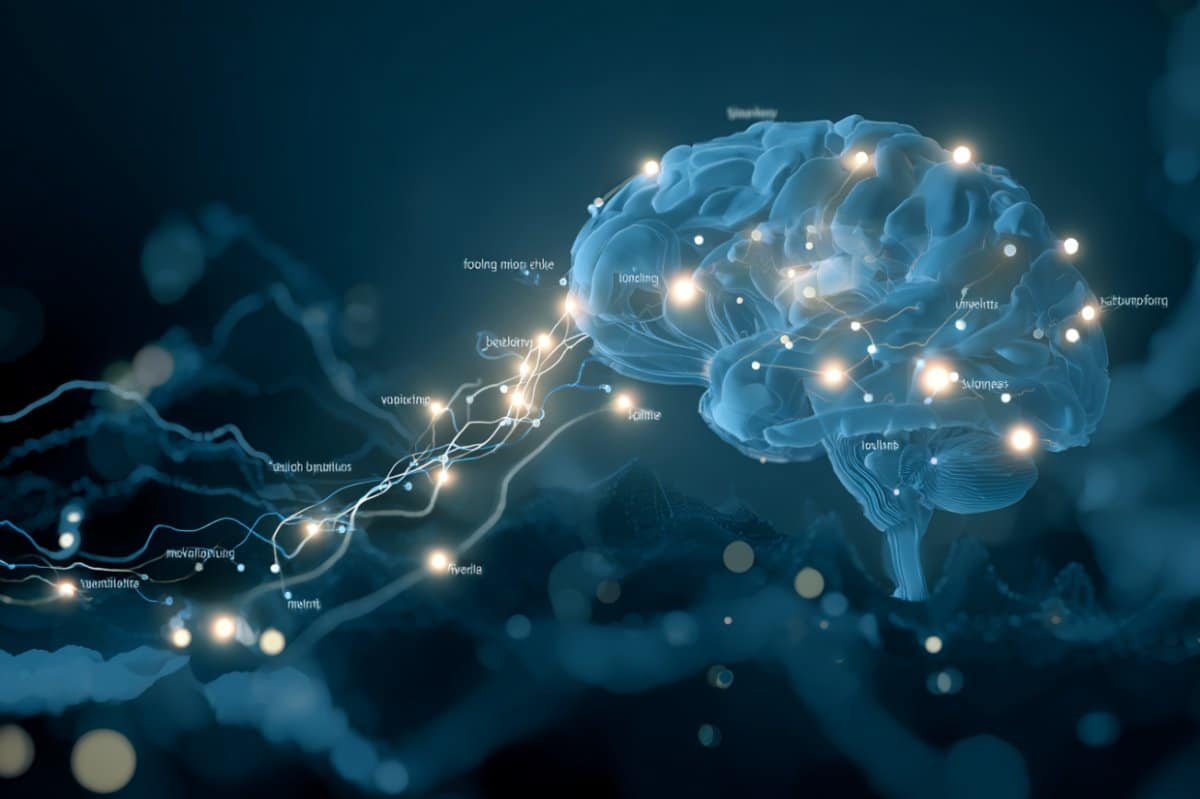
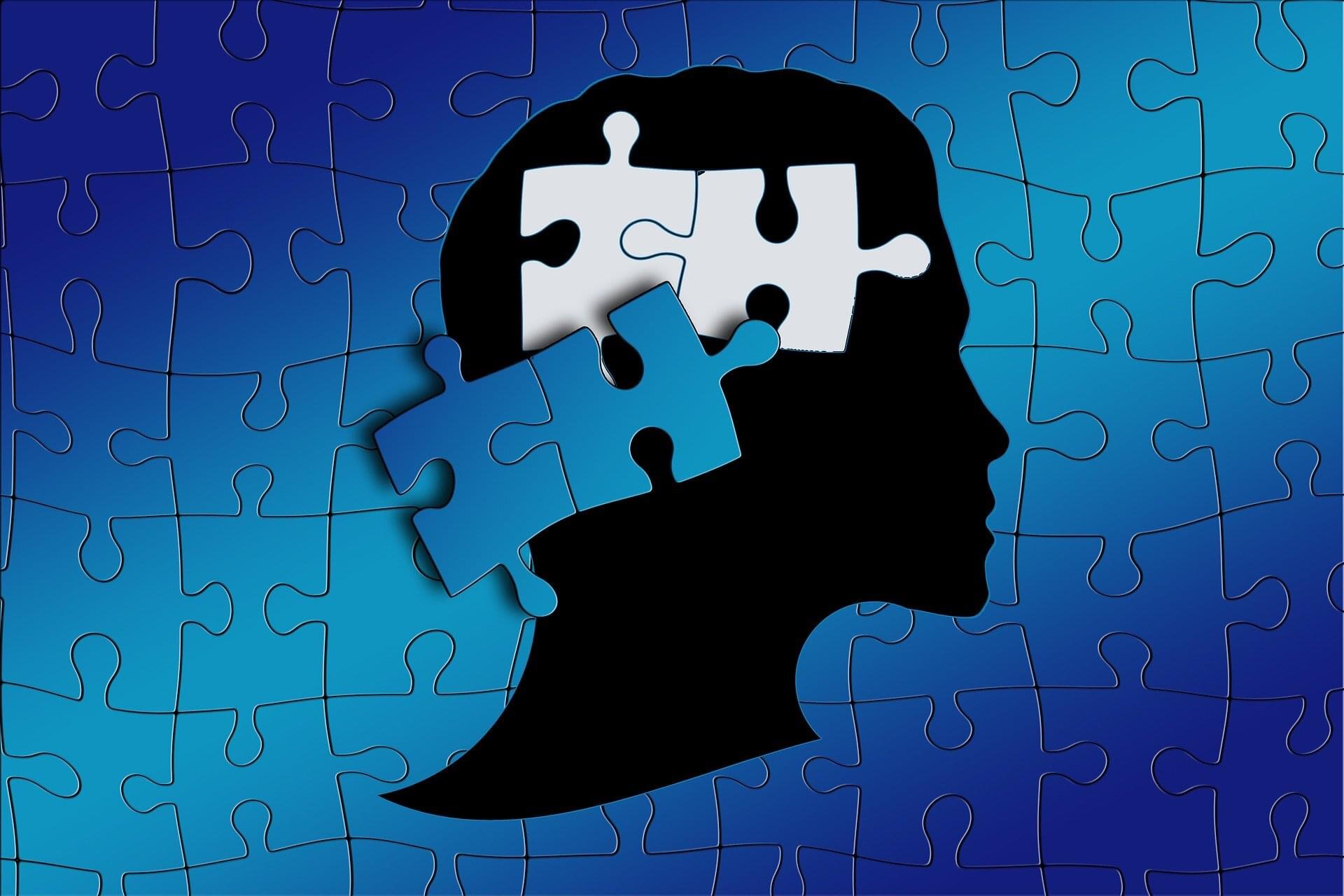
Ancient bacteria that have evolved to become integral to our cells—converting nutrients from food into energy—may also contribute to neurologic disorders, such as spinal muscular atrophy (SMA) and autism, according to research in the lab of Yongchao Ma, Ph.D., from Ann & Robert H. Lurie Children’s Hospital of Chicago.
Called mitochondria, these mysterious parts of the cell have even retained their own DNA. Traditionally they are known as the “powerhouse of the cell.”
In recent years, however, mitochondria have been recognized as regulating many functions, including gene expression and how cells communicate. Dr. Ma’s research focuses on how dysregulation by mitochondria may lead to motor neuron degeneration in SMA or improper neuron connections in autism.

Using mathematical analysis of patterns of human and animal cell behavior, scientists say they have developed a computer program that mimics the behavior of such cells in any part of the body. Led by investigators at Indiana University, Johns Hopkins Medicine, the University of Maryland School of Medicine and Oregon Health & Science University, the new work was designed to advance ways of testing and predicting biological processes, drug responses and other cell dynamics before undertaking more costly experiments with live cells.
With further work on the program, the researchers say it could eventually serve as a “digital twin” for testing any drug’s effect on cancer or other conditions, gene environment interactions during brain development, or any number of dynamic cellular molecular processes in people where such studies are not possible.
The new study and examples of cell simulations are described online July 25 in the journal Cell.
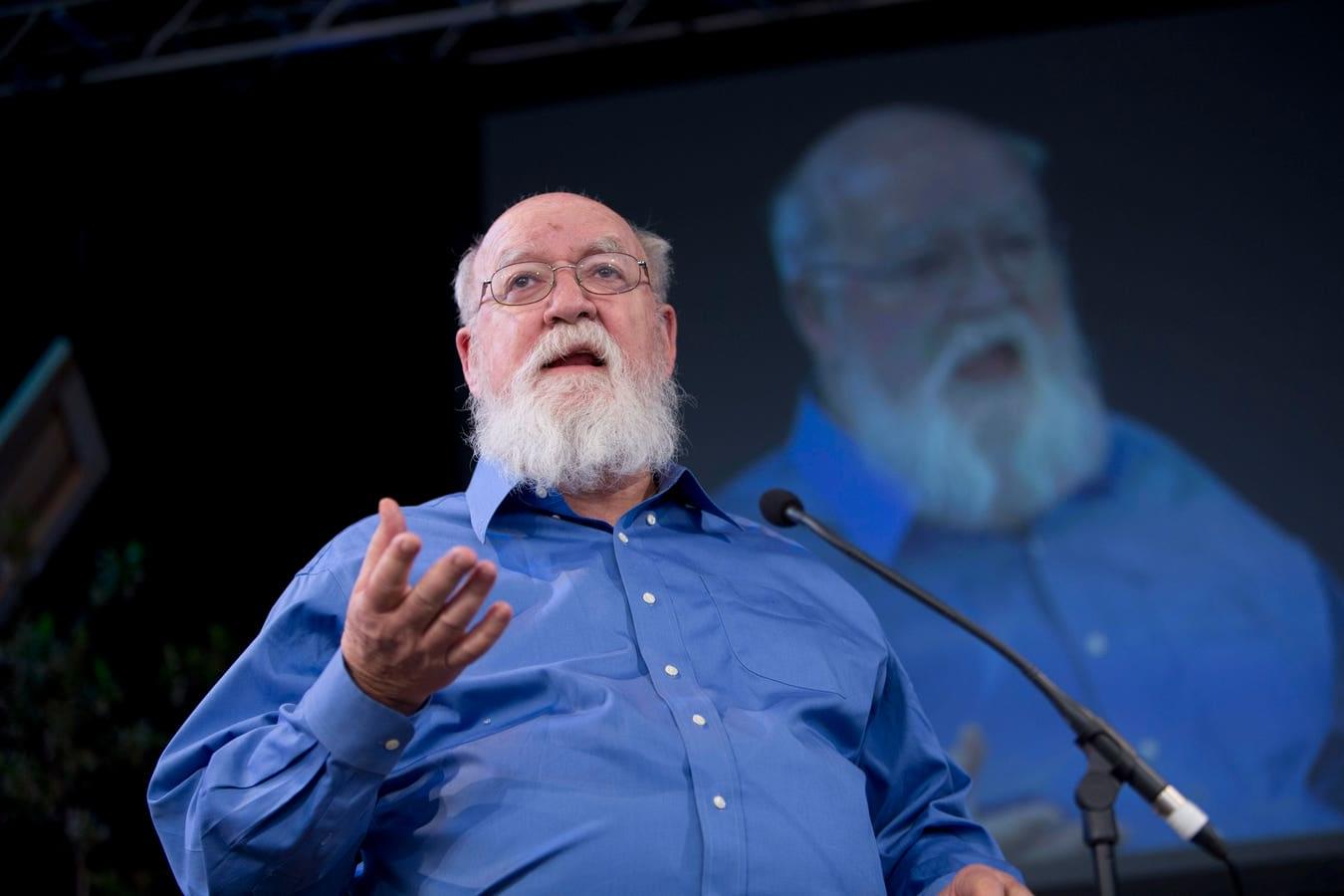
An academic whose work reaches beyond the Ivory Tower is rare. Scholarly writing tends to be highly technical, filled with footnotes and references, and often lacks a compelling narrative to captivate the reader. Not to mention that the work itself is usually deemed irrelevant and impractical for public knowledge.
The American philosopher Daniel Dennett (1942−2024) was, without a doubt, one of these generational thinkers who transcended the academic box. Why? His writing is filled with clear and interesting thought experiments, allowing anyone to grasp his theories, which span from philosophy, cognitive science and evolutionary biology to farming, sailing, and religion. Any curious person can find a relevant topic relating to their life in Dennett’s vast body of work, and it will likely have them questioning whether they actually understood the topic in the first place.
To celebrate the life and work of Dennett, the aptly named Dennett Prize was introduced in 2024. Like Dennett, the winner should “challenge received ideas and introduce new perspectives.” The prize is presented as part of the International Center for Consciousness Studies (ICCS) annual conference, held this year in Heraklion, Crete, earlier this month. The inaugural winner of the Dennett Prize was given to Andy Clark, professor of cognitive philosophy at the University of Sussex.
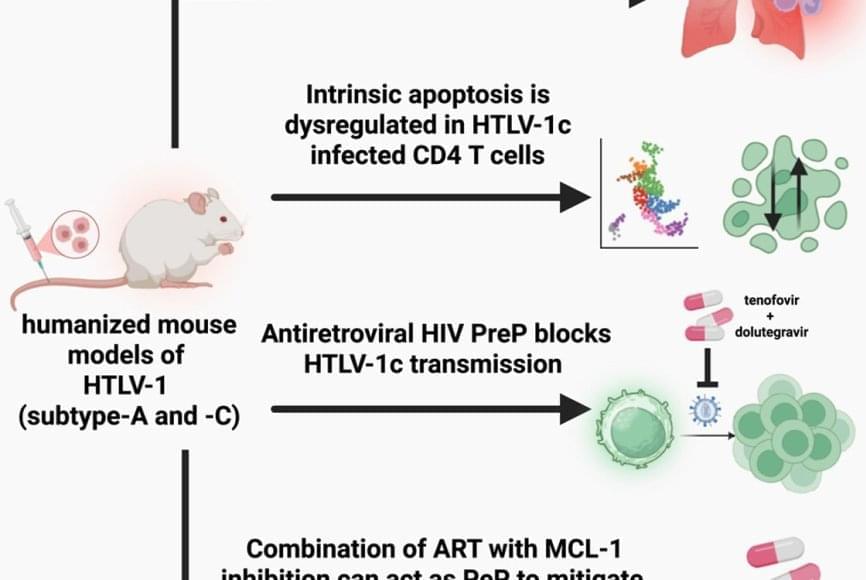
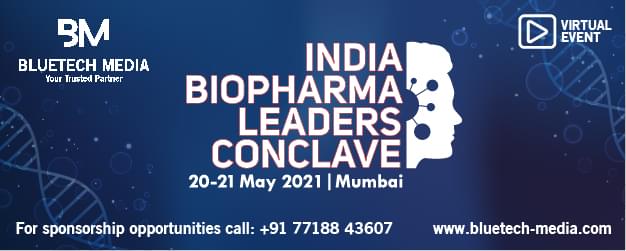
Macquarie University new study could hold the key to developing therapies for devastating age-related diseases such as motor neuron disease (MND), Alzheimer’s disease, and Parkinson’s disease.
The research at Macquarie University conducted by neurobiologist, Dr. Sina Shadfar and colleagues in the Motor Neuron Disease Research Centre, reveals a protein called protein disulphide isomerase (PDI) helps repair serious deoxyribonucleic acid (DNA) damage. This breakthrough opens new possibilities for therapies aimed at boosting the body’s ability to fix its own DNA, a process that becomes less efficient as we age.
Dr. Shadfar, Associate, Macquarie Medical School stated “Brain cells are very vulnerable. Unlike skin or blood cells, they don’t divide or renew so any damage that builds up in them stays and if the damage isn’t repaired, it can eventually lead to the death of these critical cells.”

Bipolar disorder is a mental health condition characterized by extreme mood swings, with alternating periods of depression and manic episodes. Past research suggests that bipolar disorder has a strong genetic component and is among the most heritable psychiatric disorders.
To better understand the genetic factors that increase the risk of developing this mental health disorder, neuroscientists and geneticists have carried out various genome-wide association studies (GWAS). These are essentially studies aimed at identifying specific regions of the human genome that are linked with an increased risk of having bipolar disorder, also referred to as bipolar risk loci.
While earlier works have identified many of these regions, causal single nucleotide polymorphisms (SNPs) for the disorder are largely unknown. These are essentially genetic variants that primarily contribute to bipolar disorder risk, as opposed to just being mere markers of it.
